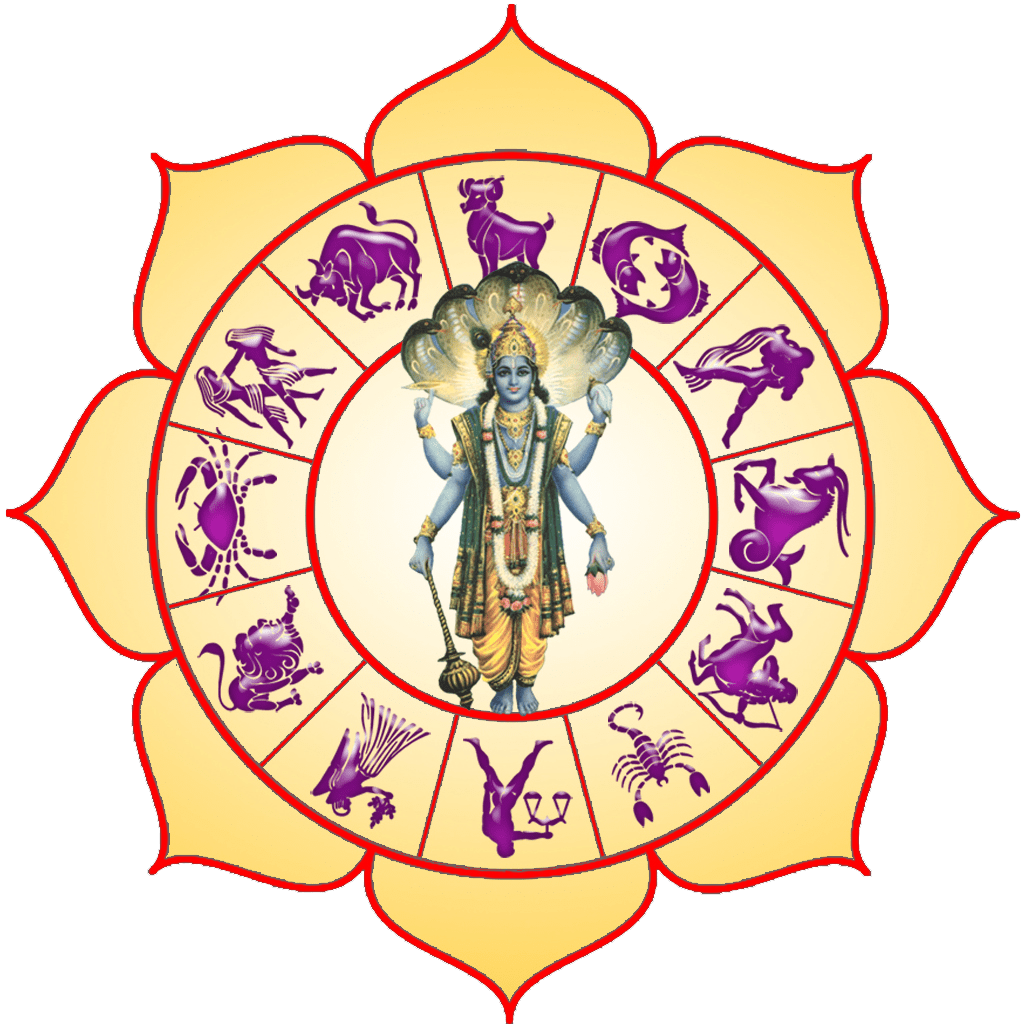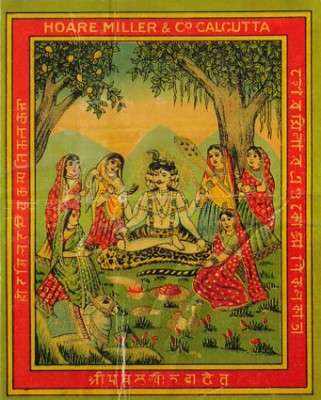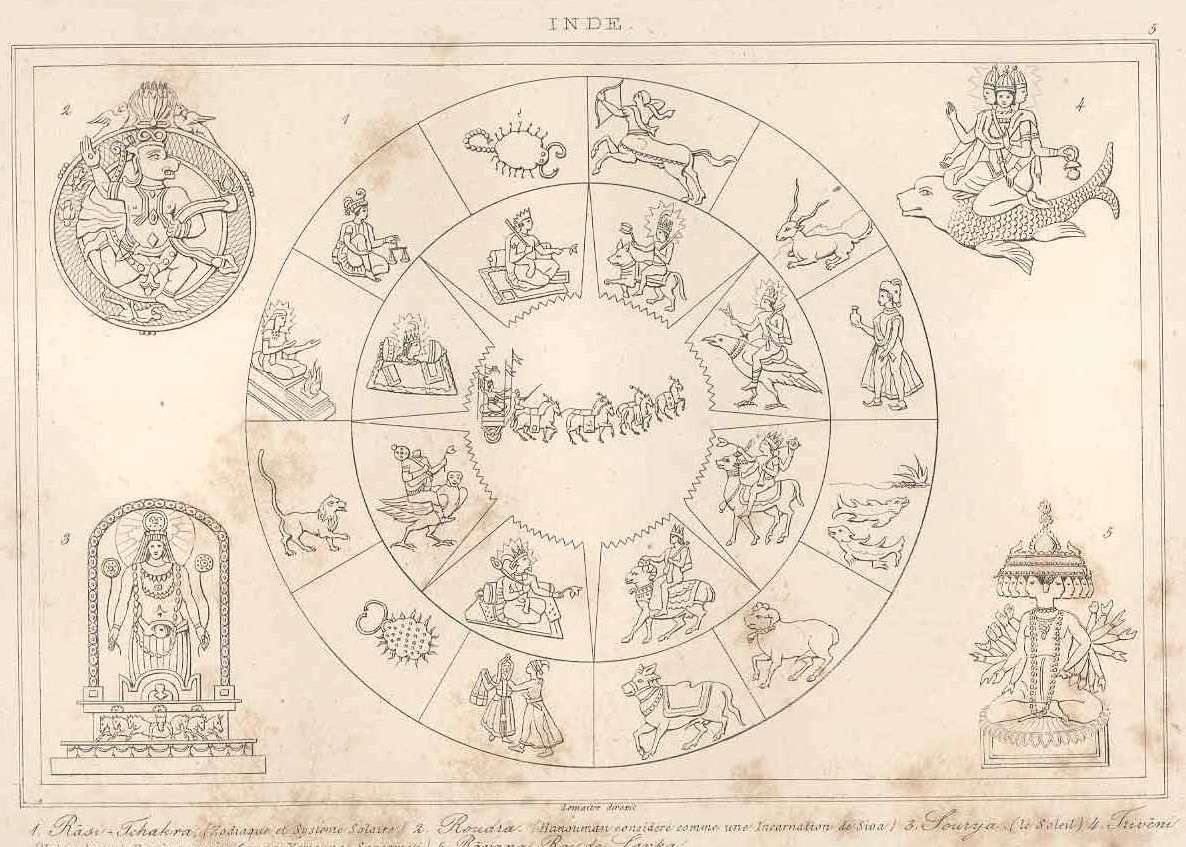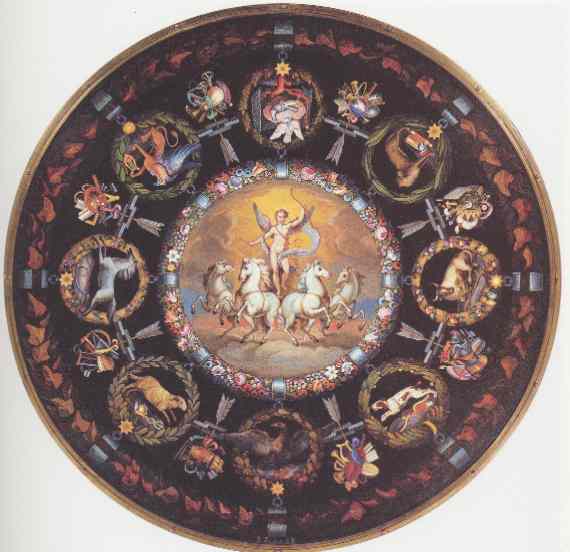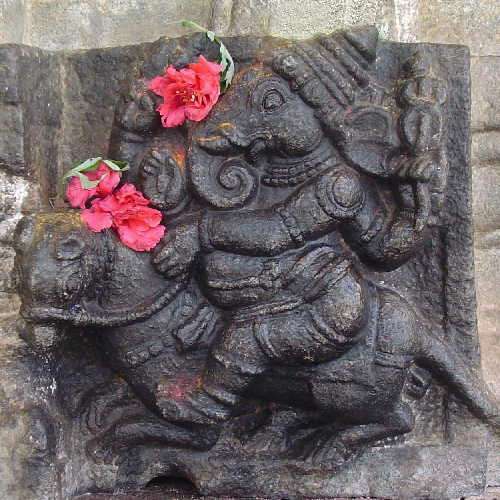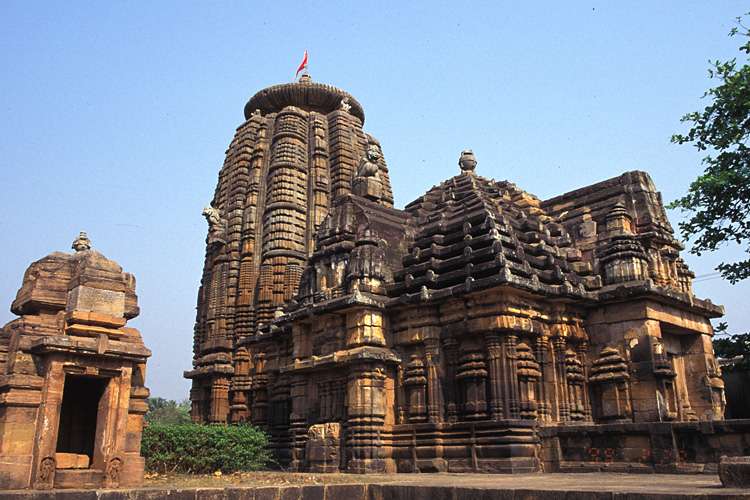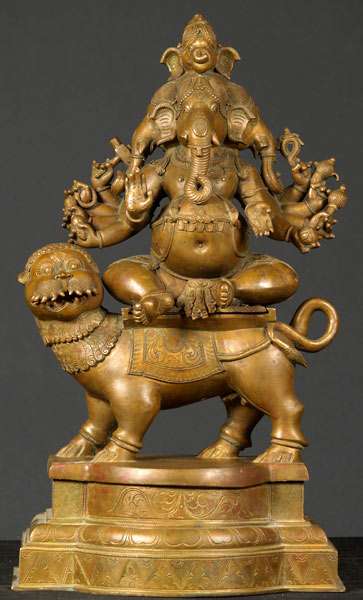ततस्तु श्रावणो भाद्रपदाथाश्चिनसंज्ञकः॥
कार्तिको मार्गशीर्षश्च पौशो माघोथ फाल्गुनः।
एतानि मासनामानि चैत्रा दीनां क्रमाद्विदुः॥
māsaścaitro tha vaiśākho jyeṣṭha āṣāḍha saṁjñakaḥ|
tatastu śrāvaṇo bhādrapadāthāśvinasaṁjñakaḥ ||
kārtiko mārgaśīrṣaśca pauśo māghotha phālgunaḥ |
etāni māsanāmāni caitrā dīnāṁ kramādviduḥ ||
Months are called māsa and there are twelve months in a year (saṁvatsara, varṣa). These months are called
- Chaitra after the full moon in Chitrā nakṣatra
- Vaiśākha after the full moon in Viśākhā nakṣatra
- Jyeṣṭha after the full moon in Jyeṣṭha nakṣatra
- Āsāḍha after the full moon in Pūrva or Uttara Āsāḍha nakṣatra
- Śrāvaṇa after the full moon in Śrāvaṇa nakṣatra
- Bhādrapadā after the full moon in Uttara or Bhādrapada nakṣatra
- Aśvina after the full moon in Aśvinī nakṣatra
- Kārtika after the full moon in Krittikā nakṣatra
- Mārgaśīṣa after the full moon in Mṛgāśiras nakṣatra
- Pauśa after the full moon in Puṣyā nakṣatra
- Māgha after the full moon in Magha nakṣatra
- Phālguṇa after the full moon in Uttara or Pūrva Phālguṇī nakṣatra
 For the Moon to be full, the Sun must be opposite i.e. 180° away from it. When the Sun and Moon conjoin, then it is a new Moon and new Moon is always a dark Moon. The moon is dark over a longer period of time covering about two days. Therefore it is difficult to fix the exact date of the new moon based on visibility. Instead, the full moon is clearly visible in the sky as the biggest moon of the month and can be readily used to date the month. When the month is decided on the basis of the full moon, it is called pūrṇānta (end of pūrṇimā or full moon) māsa.
For the Moon to be full, the Sun must be opposite i.e. 180° away from it. When the Sun and Moon conjoin, then it is a new Moon and new Moon is always a dark Moon. The moon is dark over a longer period of time covering about two days. Therefore it is difficult to fix the exact date of the new moon based on visibility. Instead, the full moon is clearly visible in the sky as the biggest moon of the month and can be readily used to date the month. When the month is decided on the basis of the full moon, it is called pūrṇānta (end of pūrṇimā or full moon) māsa.
However, we can still count 15 days (fortnight) from the full moon to determine the new moon. If this new moon is used to reckon the months instead, it is called amānta māsa from the name amāvāsya for new moon.
In the old pre-Vedic days man used the Sun, Moon and stars to keep time. It was easy to count the number of days based on sunrise, as every sunrise was a natural way for the public to count days. So this was used as the public calendar and it was decreed that 360 days would make a year. This was the Sāvana calendar having 12 Sāvana months of exactly 30 days each. However, the calendar masters knew that a typical year was about 365.25 days, and every year, the calendar would fall short of about 5.25 days. In 5 years, the calendar would be short by 26 days. Therefore it was necessary to introduce one mala māsa (dirty month literally) which would need to be added every 5th year to bring the calendar in harmony with the real year. In this manner the wise sages had a calendar where five years were called the pañca-varṣa saṁvatsara where each saṁvatsara (year) had a specific name and had twelve months of 30 days each. The last year would have a mala māsa to cover the days lost in the previous saṁvatsara. These five saṁvatsara were called (1) संवत्सर (saṁvatsara) (2) परिवत्सर (parivatsara) (3) इदावत्सर (idāvatsara) (4) इद्वत्सर (idvatsara) and (5) अनुवत्सर (anuvatsara) or simply वत्सर (vatsara)[ref]All five saṁvatsara names are specifically mentioned in the (A) taittirīya saṁhitā (TS 5.5.7.1-3) (B) vājasaneyi saṁhitā (VS 27.45 and VS 30.16) and (C) taittirīya brāhmaṇa (TB 3.4.11 and TB 3.10.4). The Ṛgveda also mentions them (RV 7.103.7-8)[/ref].

The first thing to learn is to write the twelve months. We can do this in three ways at least, but we shall learn only two ways which are considered superior.
We can make a circle to represent the cyclic year and time which goes around. We can divide the circle into twelve parts by having twelve spokes in the wheel with a hub at the centre. This is the East-India chart also called the Sūrya chakra (after the wheel of the chariot of the Sun god). The twelve months are written in the twelve areas marked by the spokes and the monosyllable ॐ (om) is written at the centre. The twelve Sanskrit vowels, excluding ऋ ॠ ऌ ॡ (ṛ ṝ ḷ ḹ) are written with the twelve months. Note that the months are written in the anticlockwise direction. Try writing the names of the months and Sanskrit vowels in the empty chart as shown and say the names as you write so that you can remember them.

Second Method: We can make a box with sixteen squares, by drawing five horizontal and five vertical lines. And ignoring the four squares in the centre, we can write the names of the 12 months in the boxes in the periphery. This is called the South Indian chart and is shown below. The advantage of this chart is that we can write all sixteen vowels of Sanskrit inside it as well. It is called the Guru Chakra, or the box of Jupiter and is the view of the zodiac when looking down to earth. Therefore the months are written in clockwise manner. Try writing the names of the months and Sanskrit vowels in the empty chart as shown and say the names as you write so that you can remember them.
Must Learn
- Names of the twelve lunar months and the positions of their corresponding nakshatra
- The Twelve Sanskrit vowels that create the twelve months (maasa)
- The four Sanskrit vowels that do not create any signs but signify the four doors of entry and exit
- Which lunar month were you born? What was the sound related to that sign. Is there a difference between the Solar month and Lunar month?
